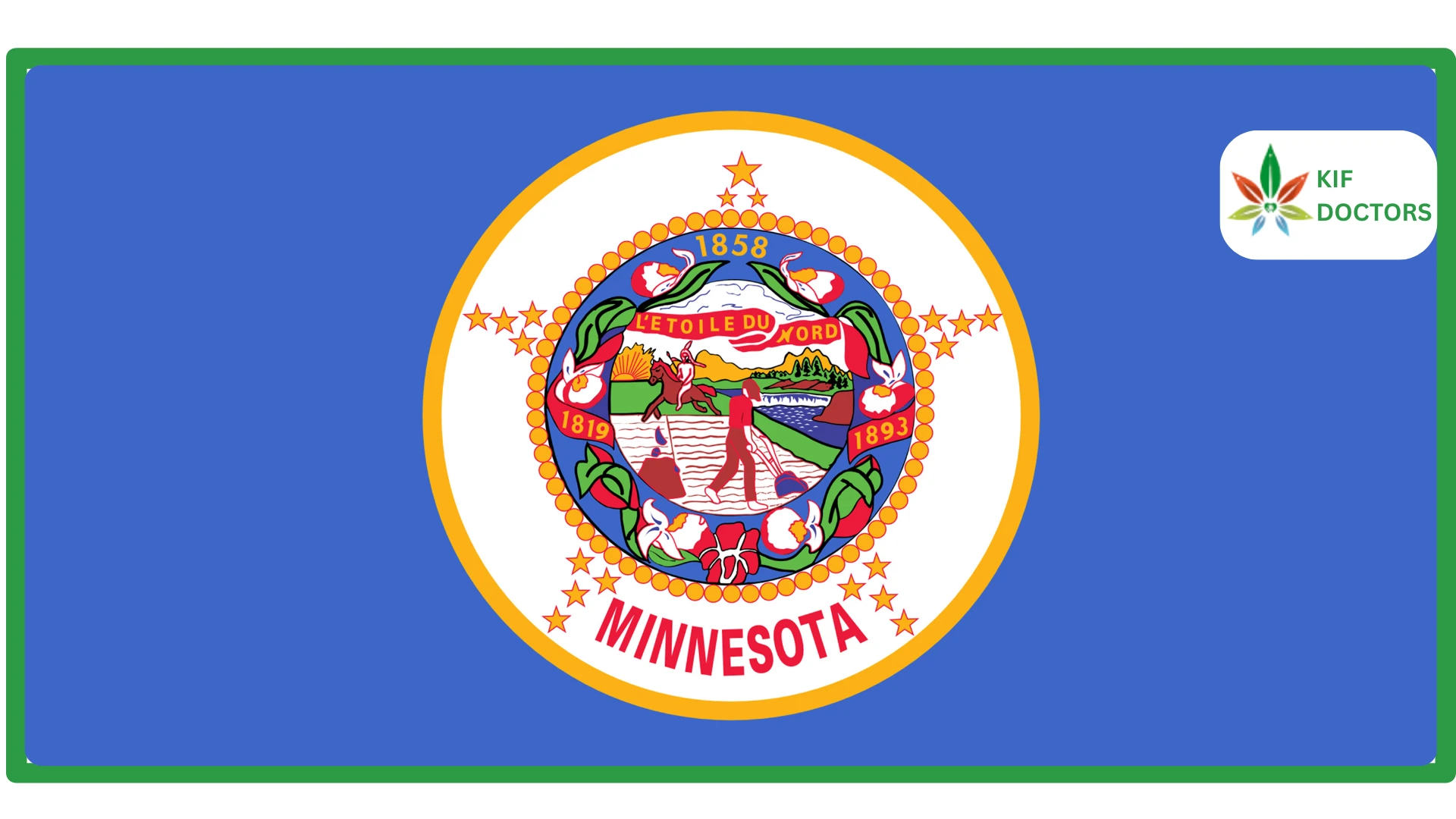When initially applying for your state's medical marijuana program, you will be asked the question, "What does a medical marijuana card look like?" Typically, most registry cards resemble regular ID cards and include essential information such as the patient's name, date of birth, expiration date, and other pertinent details.
Nevertheless, despite their resemblances, the design and requirements of medical marijuana cards differ from state to state. Some states issue cards to both patients and caregivers, while others opt for virtual cards, storing patients' information in an online registry. This article provides a breakdown of what you need to know about medical marijuana cards and how to utilize them for obtaining MMJ.
What Does a Medical Marijuana Card Look Like?
The medical marijuana card will look different in each state and contain facts particular to that state's laws and regulations. You should expect some similarities among all MMJ card types despite these distinctions.
Front
The front side of most MMJ IDs will feature a clear, large photo of your face, making it easy for dispensary workers and law enforcement to identify you as the authorized individual for medical marijuana use.
In addition to your photo, the ID card will typically include the following information:
- A unique patient ID number.
- Your complete legal name.
- Your date of birth.
- Your residential address in the state where the card was issued.
You can also expect to find details like the date issued" and "date expired, indicating the validity period of your medical cannabis card. The duration of validity varies among states and may depend on your medical condition, ranging from 90 days to several years.
The front of your card may also indicate whether you have permission to cultivate your own cannabis, depending on the regulations in your state. Some patients may have special authorization for at-home cultivation, which will be specified on the ID card. However, in certain states, patients are allowed to cultivate cannabis at home without any distinction, while others prohibit all home cultivation. It is important to review your state's cannabis laws for clarification.
Back
The backside of your card typically contains a black magnetic strip, similar to the ones found on credit or debit cards. However, the placement of this stripe may vary depending on the state regulations.
At dispensaries, budtenders use a card reader to swipe the black stripe and confirm your status as a registered patient with the state's registry. This swipe also helps in monitoring your visits to the dispensary. In some states, the dispensary will swipe your MMJ card during cannabis purchases to keep a record of the quantity of medicine bought.
Furthermore, the backside of your medical marijuana card will likely display warnings or legal text. These statements serve as reminders that medical marijuana agencies must comply with all the laws and regulations set by the state.
What to Expect in Your State
In the majority of states that have medical marijuana programs, you will receive a physical registry card after completing your application. Nevertheless, certain states, such as Texas, do not issue cards and instead maintain a digital registry that is regularly updated. This digital registry can be cross-referenced by dispensaries and law enforcement with your ID card.
Security Features
To prevent forgery and unauthorized duplication, medical marijuana cards often incorporate various security features. These features enhance the card's integrity and ensure that it cannot be easily replicated or tampered with. Some common security measures include:
Holograms or Foil Stamps: These elements can be found on the front or back of the card. They typically display unique patterns or images that are difficult to reproduce accurately.
Watermarks: Medical marijuana cards may include subtle watermarks, visible when held against light. These watermarks often consist of intricate designs or patterns that enhance the card's security and authenticity.
Microprinting: Fine lines of tiny text or numbers may be incorporated into the card design. Microprinting is challenging to reproduce with standard printing techniques, adding an additional layer of security.
Digital Registry
While the majority of states give physical cards, it's important to note that several have switched to digital registers. Patients in these states do not receive physical cards; instead, their data is electronically stored in a safe database that is available to dispensaries and law enforcement.
Patients in these states present their state-issued identity card to the dispensary when they visit, and the dispensary then compares the patient's data with the computerized registry. This mechanism makes sure that the state's medical marijuana program is easily verified and adhered to.
Also Read: How Much Does A Medical Marijuana Card Cost?
Conclusion
A medical marijuana card offers official confirmation that a person is qualified to consume cannabis for medical reasons. The design of the card may differ greatly depending on the state or program, although it frequently resembles a driver's license or other form of identification.
 Since 2021, Kif offers a streamlined platform to get a medical marijuana card online. We have served more than 45K patients across the United States. Sign Up Now to get the right to use medical cannabis for your health condition without any delay.
Since 2021, Kif offers a streamlined platform to get a medical marijuana card online. We have served more than 45K patients across the United States. Sign Up Now to get the right to use medical cannabis for your health condition without any delay.
























